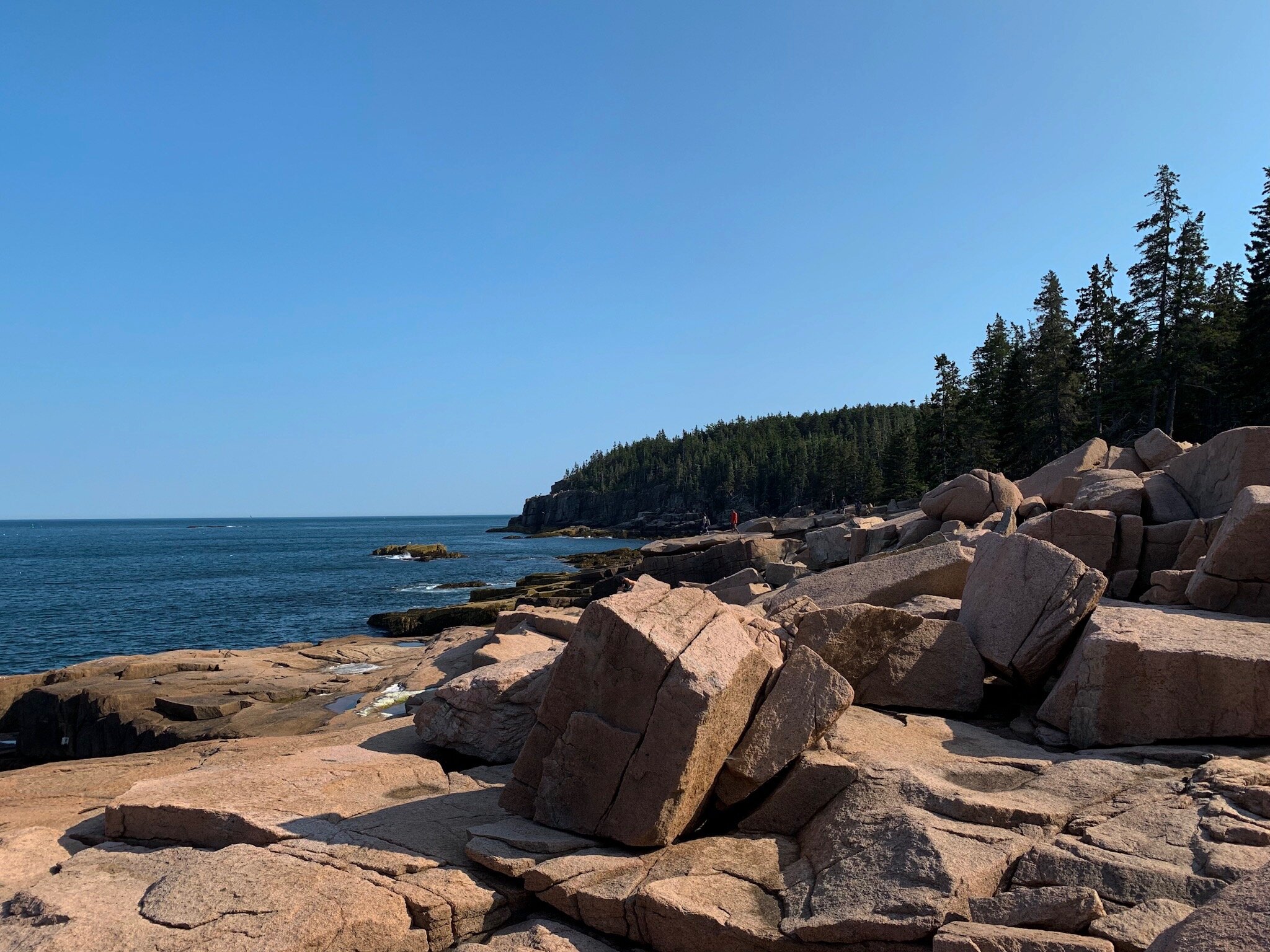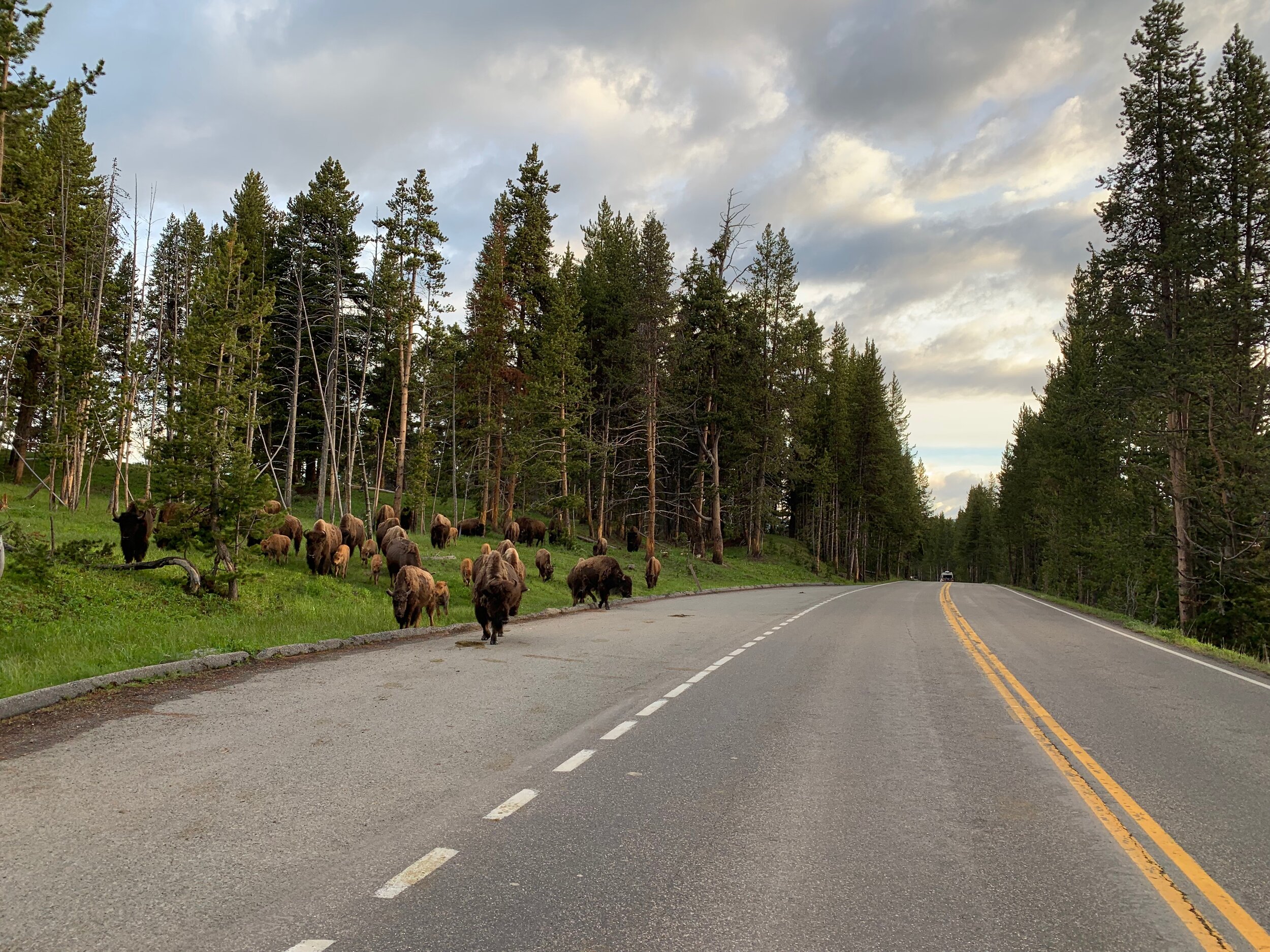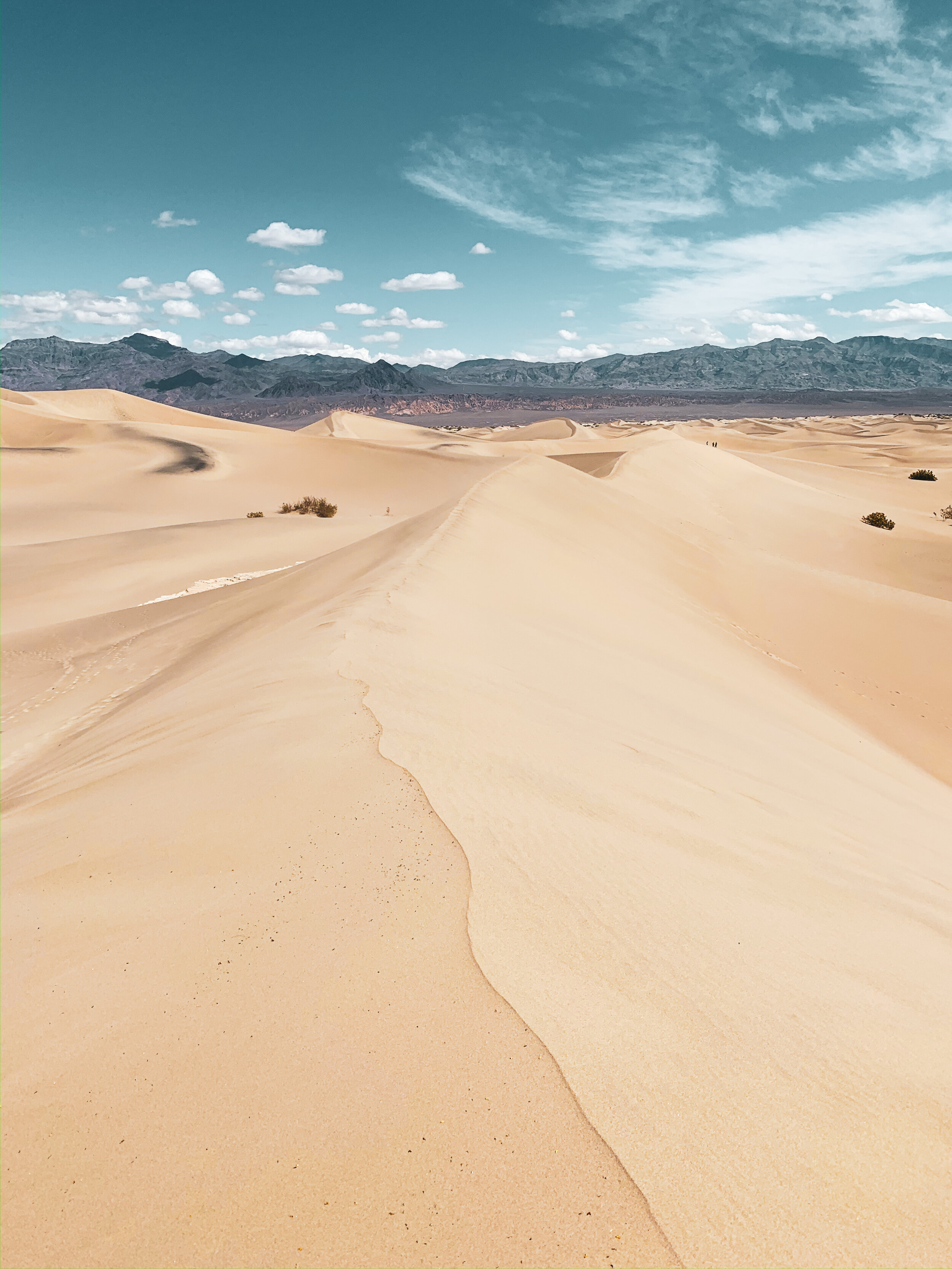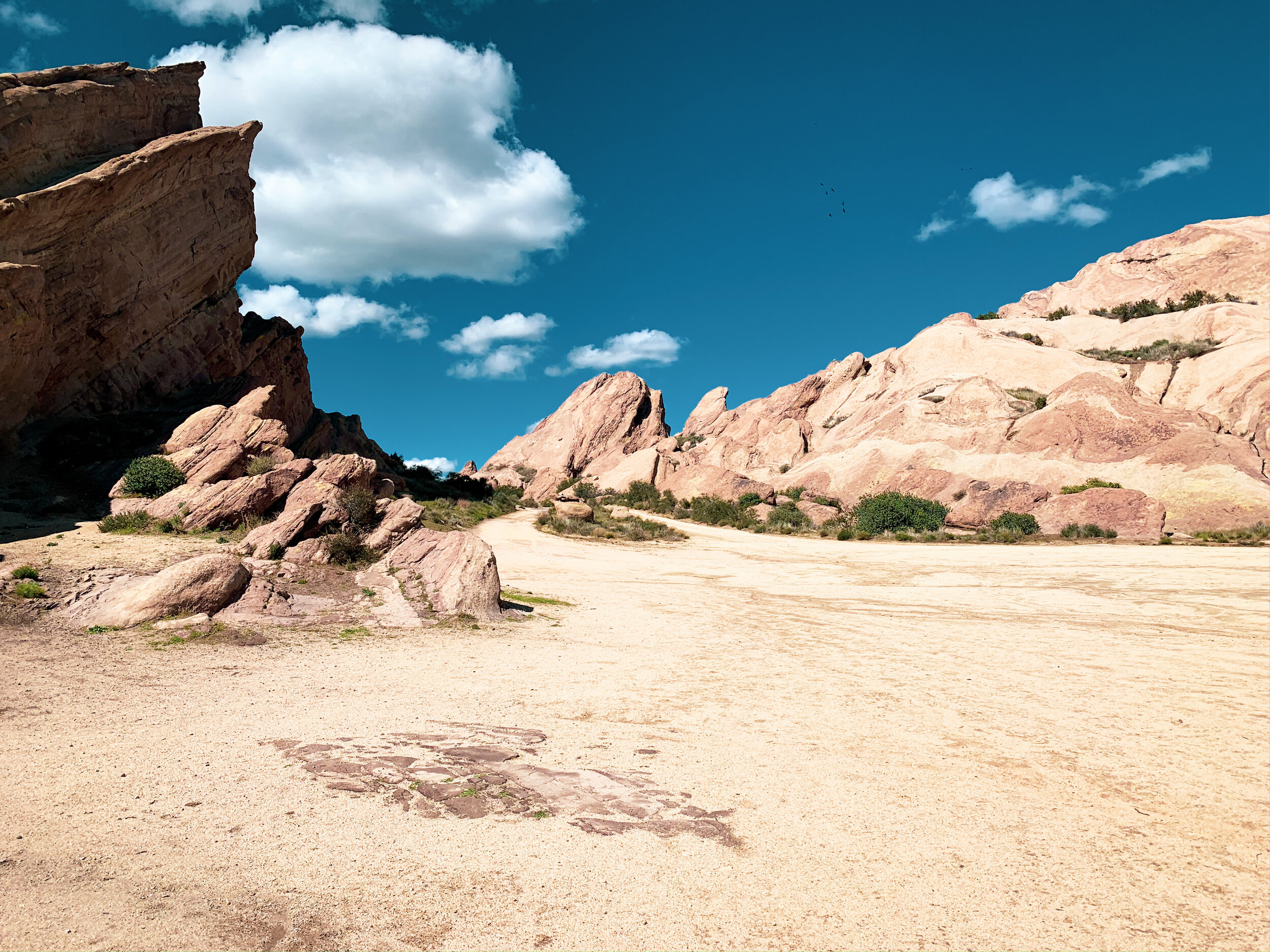Mount Hood is easily the most prominent and famous mountain in the state of Oregon. It stands tall, and is visible from even areas south of Portland. It is an active volcano in the Cascade Volcanic Arc, and it is home to glaciers such as Elliot Glacier, meaning there is snow on the mountain year round.
I first laid eyes on Mount Hood in 2017, when I made my first visit to Oregon for the solar eclipse. If you are in Portland, one of the best places to see Mount Hood is from Pittock Mansion, which has an overlook that allows you to see the entire city and this giant mountain. But, you can actually get very close to Mount Hood itself, by visiting the National Forest, and surrounding areas. Mount Hood National Forest is public land, run by the USDA. For more information on what this means, click HERE.
I absolutely loved my time in Mount Hood National Forest. The views are spectacular, and there’s definitely more to do in Mount Hood than just look at this stunning mountain. Here are my top 4 things to do in Mount Hood, Oregon.
1: Chase Waterfalls
Because of all the snow runoff from the mountain, there are actually quite a few absolutely stunning waterfalls to view in the area. While they do often require a short hike, all of them are family friendly and dog friendly. My favorites were Umbrella Falls and Tamanawas Falls.
Tamanawas Falls is incredibly impressive, and the entire hike is only about 4 miles out and back. But be prepared for crowds, and bring something waterproof—you can walk behind the falls but you might get a little wet!
Tamanawas Falls, Mount Hood, OR
2: Visit Trillium Lake
Trillium Lake is famous for a reason—it’s home to some of the best views of Mount Hood. This popular spot is home to a hiking trail, campground, and plenty of space for swimming, floating, and enjoying the lake. Trillium Lake quickly became a favorite of mine—the views are unrivaled, and we found ourselves wishing we had a paddleboard so we could head out onto the water ourselves.
There is a day use fee of $5 per vehicle at Trillium Lake, and it is cash only.
The view of Mount Hood from Trillium Lake is one that can’t be beat!
3: Visit the Historic Timberline Lodge
I know what you’re thinking: what’s so special about a lodge you aren’t staying at? The Timberline Lodge is actually where Stephen King got the inspiration for the Overlook Hotel in The Shining, making this one of the most popular things to do in Mount Hood. The architecture of the lodge is also stunning to look at, and in the winter, it is home to one of the most popular ski slopes in the state.
Outside of the Historic Timberline Lodge! Go inside for some spooky Stephen King vibes!
4: Hike!
It’s almost impossible to visit a mountain and not hike at least a little bit. Hiking is one of the most popular things to do in Mount Hood mostly because of its stunning landscape and diverse trails. There were two trails we did in the area that were definitely on the harder side, but bring you closer to the mountain than ever.
The first one we did starts at the White River Sno Park and goes to the base of Mount Hood. You can even drop down toward the river at the end and dip your toes in its ice cold water! We decided to walk along the river for most of this journey, which is not part of the official trail, but there is a more solid trail that starts from the parking area right behind a gate on what appears to be an unmaintained dirt road.
The other hike we did is one that I wouldn’t even rate difficult—it is for advanced hikers (and dogs) only! Cooper Spur is essentially the side of Mount Hood itself, and currently the only way to access it is by hiking 5.15 miles to the top, climbing over 4,600 feet of elevation. The entire hike is 10.3 miles, and the last section involves snowy passes, high winds, and scrambling over volcanic sand and rocks. This is easily one of the hardest hikes I’ve ever done, but one of the most rewarding. Do not underestimate it, though—this hike is not something to mess with! But, if you aren’t quite there yet in your hiking level, don’t fret! You can get amazing views from only doing the first half of the hike too. The trail is marked by an A Frame shelter, which serves as the halfway point on the trail at about 2.7 miles and 2,000 feet of elevation gain. You will still get to see Mount Hood on your way up, and on a clear day, views of Mount Adams and Mount St. Helens in the distance. If you do make it to the alpine section on the second half of the hike, though, you will get close up views of Elliot glacier.
On the way to Cooper Spur, the smaller mountain-shape on the left!
Mount Hood is one of my favorite places in Oregon by far. From the mountain’s stunning beauty to endless waterfalls to chase, this is a spot you absolutely can’t miss during your next trip to Oregon. Even just a drive through the Forest will give you beautiful views of the mountain you won’t find anywhere else!
If you have any questions about visiting Mount Hood or planning a PNW or West Coast road trip, head on over to my Patreon, where you’ll get access to resources that will help you plan your ultimate road trip!



















































